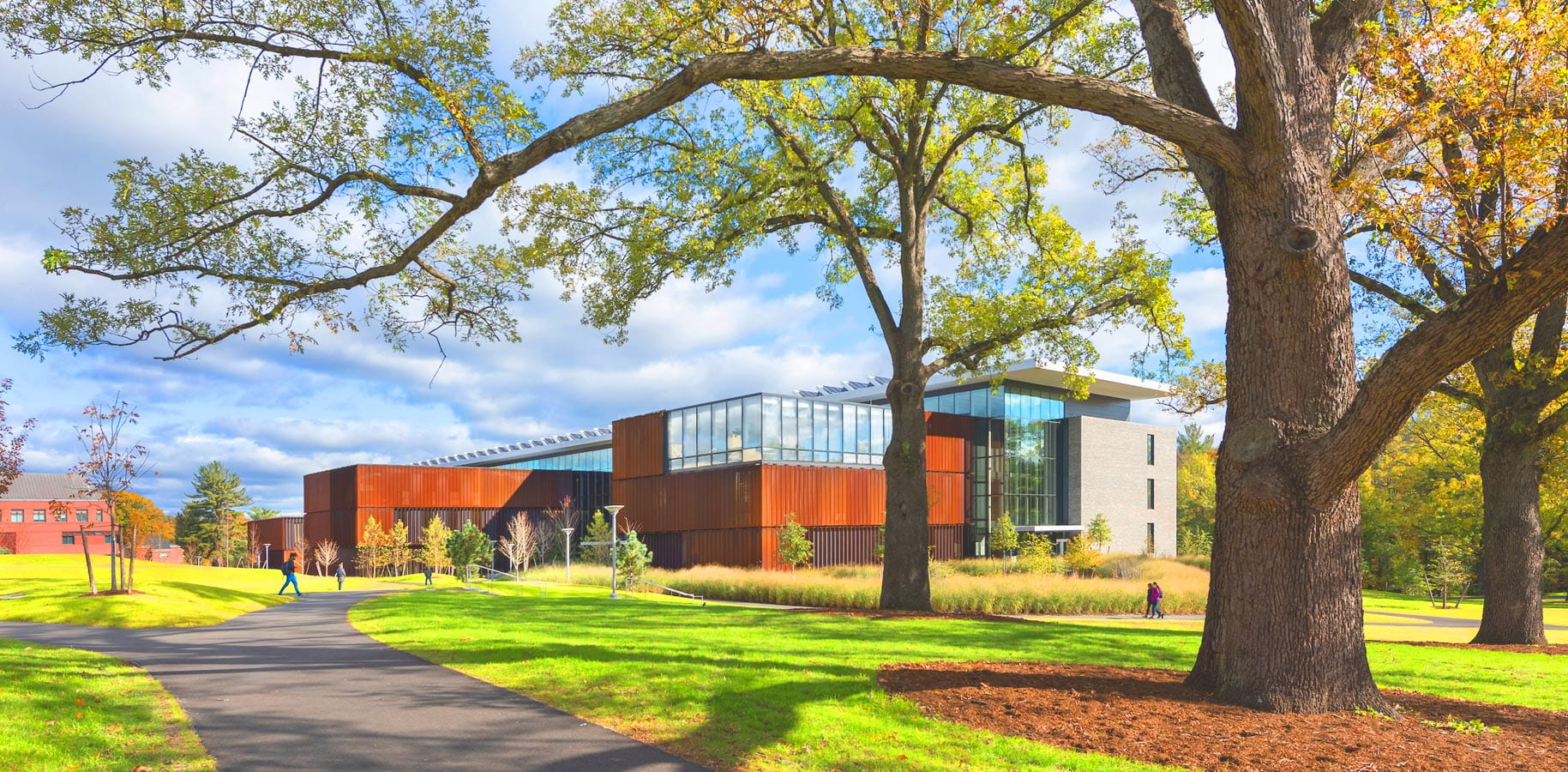Staying up until 2-3AM in high school studying for AP tests, putting together presentations, and sending out club emails, I always assumed I could catch up on sleep later that week (or at the very least over the summer). After joining a sleep research lab two weeks ago, I was shocked to learn how naively mistaken I was.
My name is Aditi Nayak, and I’m a rising sophomore at Amherst interested in majoring in Neuroscience and/or Math. This summer, I am taking part in Short Term Educational Experience in Research (STEER) at the University of Pennsylvania. Each STEER student works one-on-one with a faculty member they chose and design, and I am beyond thankful to have this opportunity to work with Dr. Sigrid Veasey and the other wonderful members of the Veasey lab.
The Veasey lab examines how sleep patterns impact the brain. Through her research, Dr. Veasey has found that chronic sleep loss (less than 7 hours of sleep over a 24 hour period for 4 days in a row) could result in neurodegeneration (loss of neurons). What was most eye opening to my inner high schooler was that the neuronal loss in multiple brain regions is not readily reversible with recovery sleep. (On the bright side, reading for this research project motivated me to fix my quarantine sleep schedule.)
This summer, I will analyze how early lead exposure might complicate the relationship between someone’s sleep and their neurons. One longitudinal study of 1,419 children in Jintan City, China found that elevated blood lead levels corresponded to reports of sleep onset delay and nighttime waking. Reports of these sleep difficulties and excessive daytime sleepiness appeared even more from children with toxic blood lead levels. Building upon this study, the Veasey lab looks to the brain to understand why this trend is happening.
By counting the amount of neurons in different regions of the brain following lead exposure, I hope to help determine which areas of the brain do (and do not) lose neurons in the presence of lead. If we can figure out which areas of the brain are most impacted, then we can get a clearer picture of why these changes might impact sleep patterns.
With each reading and talk on the neuroscience of sleep, I’ve become more and more fascinated by how small synapses and microglia in the brain can determine a person’s behavior. Yet as much as we know about how changes in the brain impact sleep patterns, there are still many questions about how lead complicates this experience. On top of this unknown is the uncertainty of what remote research looks like. Through my summer blogs, I hope to make the inner workings of the brain and the process of remote research easier to understand.
